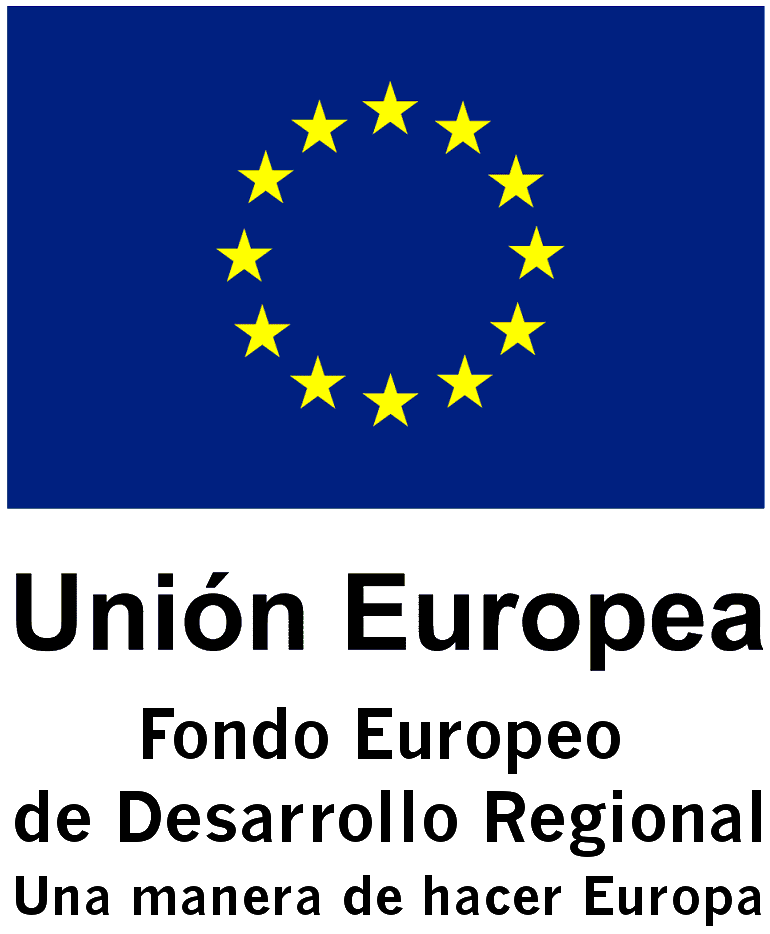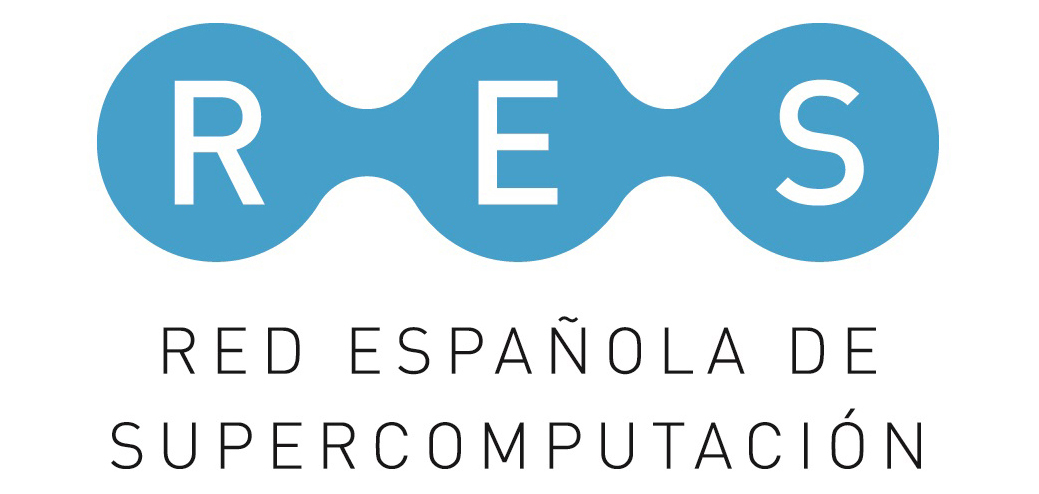Mutarotation of aldoses: Getting a deeper knowledge of a classic equilibrium enabled by computational analyses
The mutarotation equilibrium, by which reducing carbohydrates exist in solution as the α and β anomers of cyclic (furanoid and pyranoid) structures, along with open-chain (aldehyde and hydrate) forms, and whose ratios are depending on factors such as temperature, pH and solvent, portraits a phenomenon involved in numerous processes of chemical and biological importance. Herein, we have developed a DFT-based rationale that provides a broader landscape for anomerizations and ring-open chain interconversions, together with the pivotal role exerted not only by the aldehyde intermediate (essentially the only acyclic structure taken into account so far), but also the hydrate form (often more abundant at the equilibrium). These calculations reveal a more complex and richer scenario than was thought, and identify different mutarotation mechanisms that hinge on every monosaccharide. It is noteworthy that pyranose-furanose interconversion may actually occur without the intermediacy of open-chain forms. For the aldoses evaluated, namely d-glucose, d-ribose, and d-xylose, all structures involved in mutarotation undergo interconversion pathways, whose energy barriers calculated at the M06-2X/6-311++G(d,p) level, are in good agreement with previous experimental measurements.
- Juan García de la Concepción, R. Fernando Martínez, Pedro Cintas, Reyes Babiano. Mutarotation of aldoses: Getting a deeper knowledge of a classic equilibrium enabled by computational analyses. Carbohydrate Research, Volume 490, 2020. doi: 10.1016/j.carres.2020.107964
- Investigadores de la UEx publican los resultados de una importante investigación sobre química computacional desarrollada gracias a los recursos ofrecidos por CénitS [CénitS].


